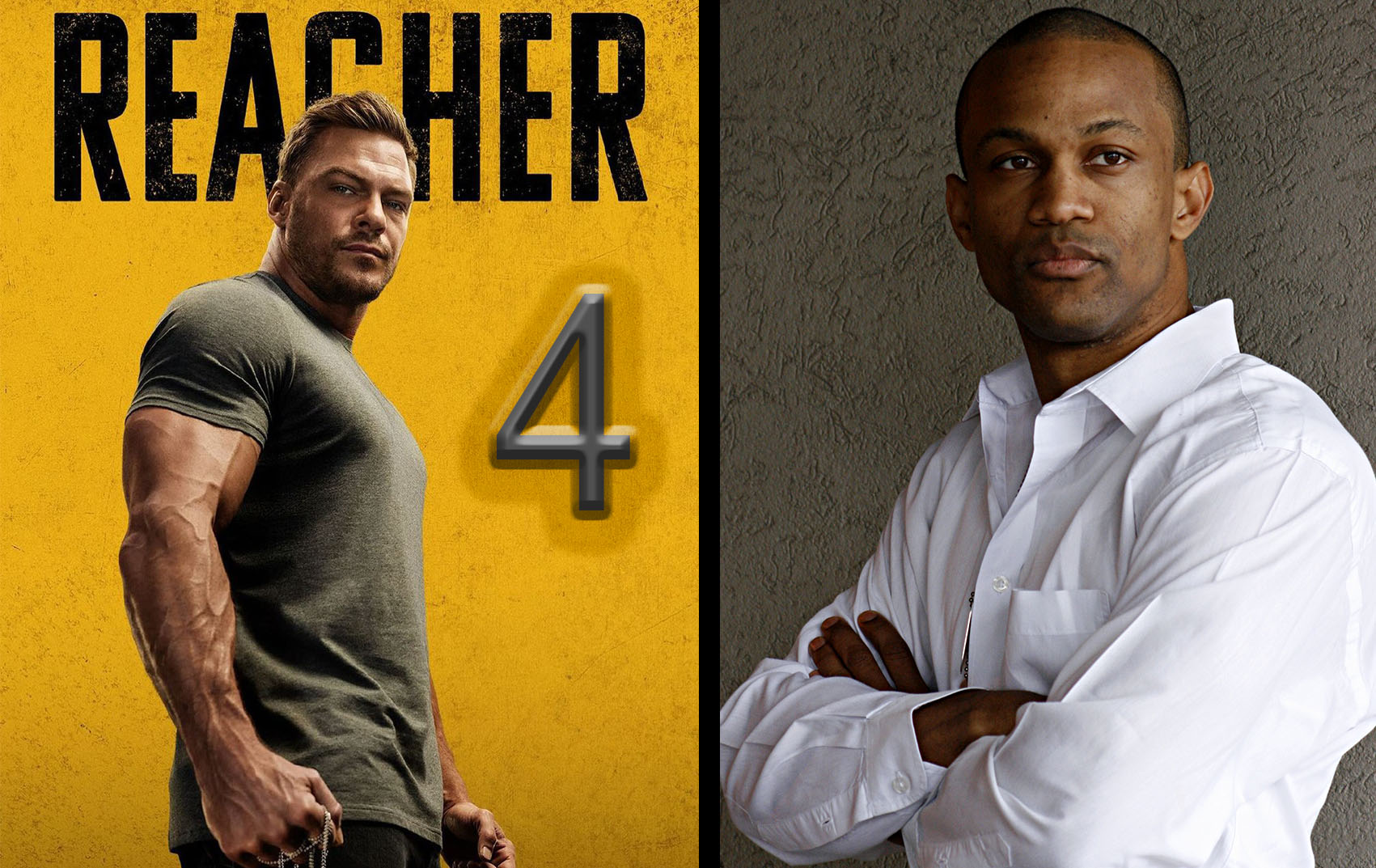
Cinematography Techniques for Indie Filmmakers: Achieving a Professional Look on a Budget
Cinematography, the art of visual storytelling in filmmaking, is crucial for creating an impactful film. Even with a limited budget, indie filmmakers can apply various techniques to achieve a professional aesthetic. This article provides insight into affordable cinematography techniques that can elevate the visual quality of your indie film.
Understanding the Basics of Composition
Film composition is the arrangement of elements within your frame. Mastering basic principles like the rule of thirds, leading lines, and depth of field can significantly improve your shots. The rule of thirds involves dividing the frame into a 3x3 grid and aligning subjects along those lines or intersections. Leading lines use elements within the frame to direct the viewer's attention, and depth of field manipulation can make your subjects stand out or blend in with the background. These principles can be applied using any camera, making them budget-friendly yet effective.
Maximizing Natural Lighting
Professional lighting equipment can be expensive, but you can still achieve great results with natural light. By filming at different times of the day, you can create various moods and effects. The golden hour—shortly after sunrise or before sunset—provides warm, diffused light that can give your scenes a cinematic and dreamy feel. On the other hand, shooting on an overcast day can provide soft, evenly distributed light. For indoor shots, windows can be a great source of natural light.

Utilizing Practical Lighting
Practical lighting involves using visible light sources within the scene, such as lamps, streetlights, or computer screens. These can enhance the realism of your scene and provide interesting lighting effects. It's a simple and affordable technique that can significantly improve the look of your film.
Creative Camera Movements
Camera movements can add dynamism to your shots and help convey emotion or narrative information. While professional dolly systems and Steadicams may be out of budget, you can get creative with DIY alternatives. A wheelchair, skateboard, or even your own two feet can be used for tracking shots. For smoother handheld shots, try using a wide strap or a piece of string to create tension and reduce camera shake.
Investing in Good Lenses
While high-end cameras can be pricey, investing in a good lens can be a cost-effective way to improve your cinematography. A 50mm lens, for instance, is often affordable and versatile, ideal for various shooting scenarios. Lenses with larger apertures (lower f-stop numbers) can provide a shallow depth of field for a cinematic look and perform better in low light conditions.
Post-Production Magic
Color grading in post-production can greatly enhance the aesthetic of your film. There are numerous free or affordable editing software options, like DaVinci Resolve or Adobe Premiere Pro, which offer robust color grading tools. Additionally, sound design and careful editing can also make a significant impact on your film's overall quality.
Conclusion
Achieving a professional look in your indie film does not necessarily require a big budget. By understanding and implementing basic cinematography principles, making the most of available light, experimenting with camera movements, investing in good lenses, and taking advantage of post-production tools, you can create visually stunning films without breaking the bank.
Remember, filmmaking is ultimately about storytelling. Even the most advanced equipment or sophisticated techniques can't compensate for a weak story. As an indie filmmaker, your primary goal should always be to serve the story and engage your audience. With creativity and resourcefulness, you can turn budget constraints into artistic opportunities, and bring your vision to life in the most compelling way possible.

















